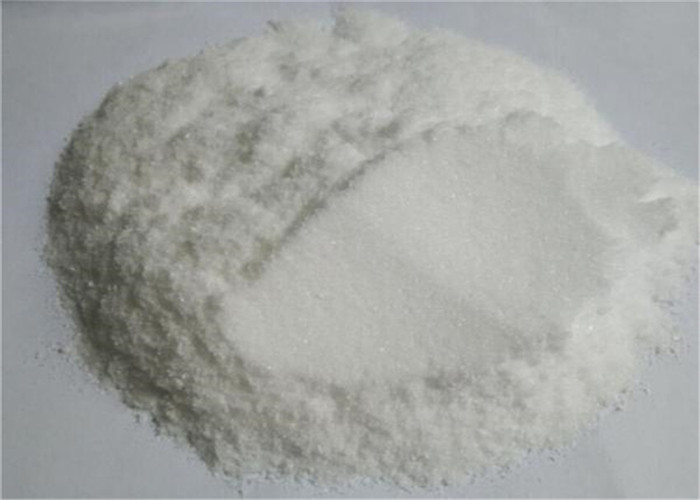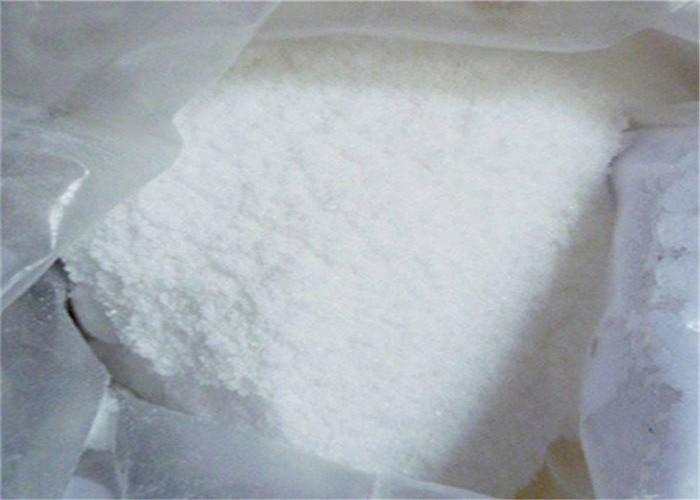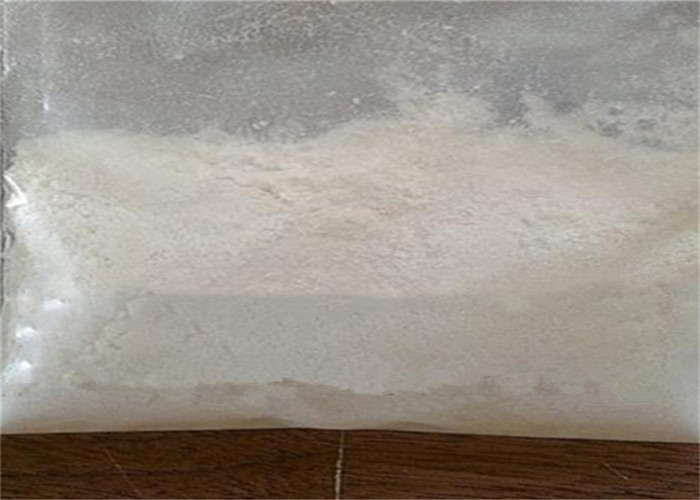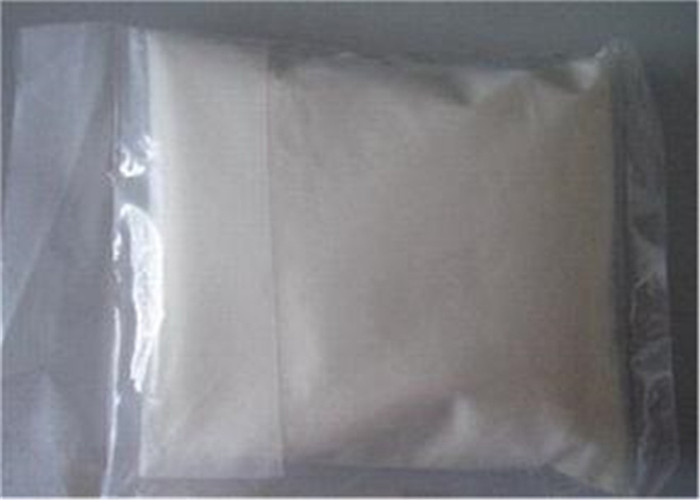| Nombre |
Sunifiram |
| Systematic (IUPAC) nombre |
1-benzoyl-4-propanoylpiperazine |
| número CAS |
314728-85-3 |
| Fórmula |
C14H18N2O2 |
| Apariencia |
polvo blanco |
| Solicitud |
a piperazine derived research chemical which has nootropic effects |
| Stock |
bulk in stock |
| Ensayo |
99% |
Descripción:
Sunifiram (DM-235) es un fármaco ampaquina derivado de la piperazina que actúa como un modulador alostérico positivo de los receptores AMPA, and has nootropic effects in animal studies with significantly higher potency than piracetam. A number of related compounds are known, the best known being unifiram (DM-232).
Sunifiram (DM-235) is a synthetic derivative of Piracetam, although due to breaking the pyrrolidone backbone it is no longer in the Racetam class of drugs (yet by being derived from them, it is still commonly associated with this class).
Sunifiram has mechanisms similar to Nefiracetam in the hippocampus, and similar to that drug sunifiram shows anti-amnesiac properties and is potentially a cognitive enhancer. Its anti-amnesiac activity is several orders of magnitude greater than piracetam on a per weight basis, and preliminary evidence suggest it has a similarly low toxicity profile.
This compound is known as an AMPAkine due to exerting most of its actions via the AMPA receptor (one of the three main subsets of glutamate receptors, alongside NDMA and kainate). This enhancement of AMPA function seems to also rely on enhancing signalling via the Glycine binding site of NMDA receptors, although one minimal signalling goes through the NMDA receptor then the benefits on AMPA receptors seem dose-dependent.
Solicitud:
This enhancement by sunifiram is associated with an increase inphosphorylation of AMPAR through activation of protein kinase II(CaMKII) and an increase in phosphorylation of NMDAR through activation of protein kinase C α (PKCα). Más específicamente, sunifiram stimulates the glycine-binding site of NMDAR with concomitant PKCαactivation through Src kinase. Enhancement of PKCα activity triggers to potentiate hippocampal LTP through CaMKII activation.
Sunifiram improves cognitive deficits via CaM kinase II andprotein kinase C activation.
Sunifiram (DM-235) is a piperazine derived research chemical which has anti-amnesiac effects in animal studies with significantly higher potency than piracetam. Sunifiram is a molecular simplification of unifiram. Based on in vitro and animal studies, it appears that sunifiram acts via AMPA-receptor activation.
Sunifiram operates by activating AMPA receptors; eso es, the receptors that are responsible for the mediation of synaptic transmission in the central nervous system. Its mechanics also increases phosphorylation of AMPAR and NMDAR through protein kinase activation, which in turn enhances long-term potentiation – eso es, an enhancement in signal transmission between two neurons resulting from simultaneous stimulation.
The kinase activation that is influenced by Sunifiram also improves cognitive defects. Además, Sunifiram works in the cerebral cortex of animal test subjects by assisting in the release of acetylcholine, the organic molecule that acts as a neurotransmitter in a host of various organisms. These operational mechanisms enable Sunifiram to exert anti-amnesiac properties.













 Gerente de ventas
Gerente de ventas